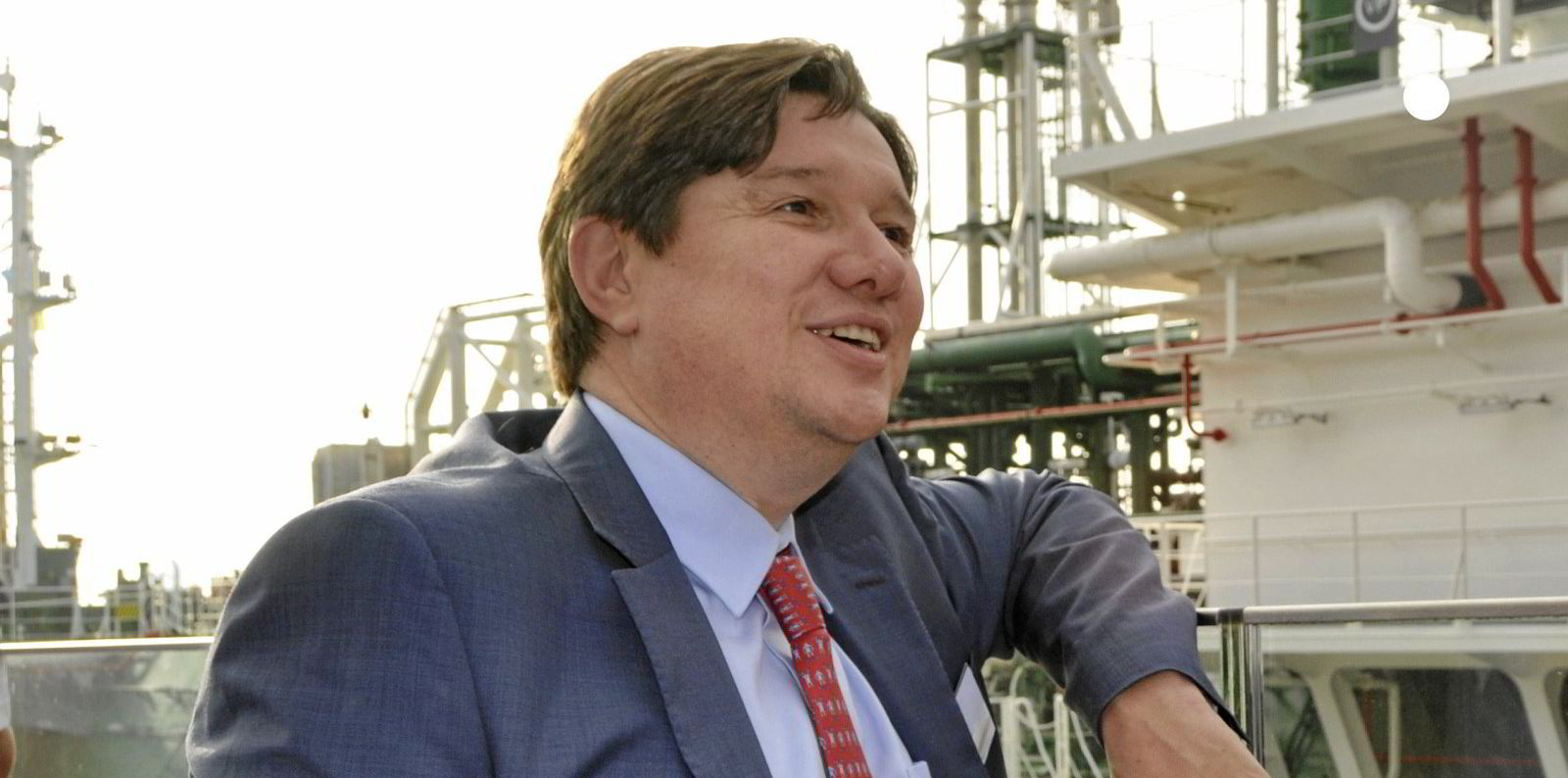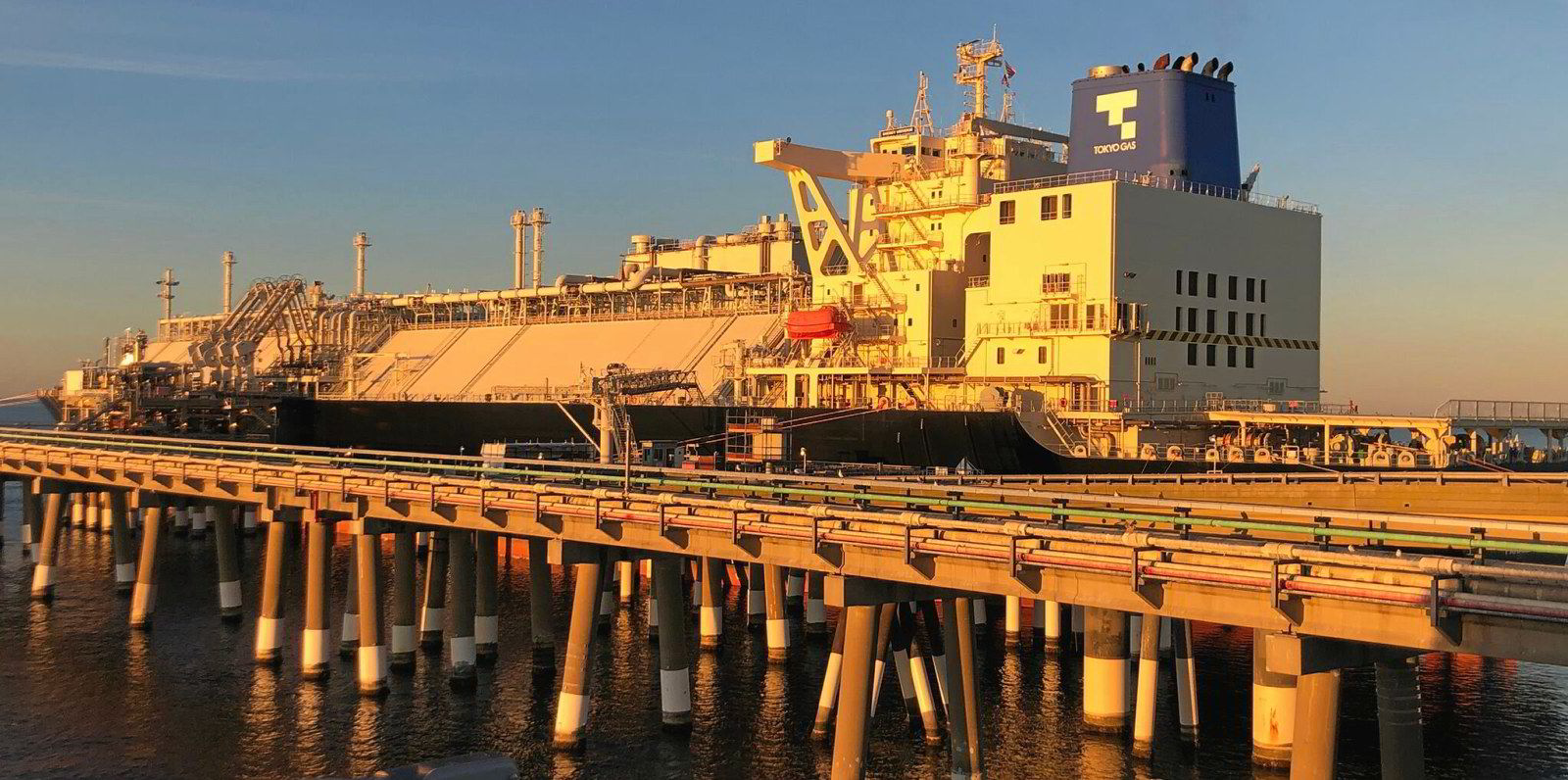Energy major Shell was responsible for over half the carbon offset LNG cargoes secured in 2021 and is increasingly moving to provide offsetting for these through its own projects.
Presenting its LNG Outlook for 2022 and Integrated Gas business update, Shell’s new director for integrated gas, renewables and energy solutions Wael Sawan said the major had contracted about 16 “carbon compensation cargoes” representing more than 50% of the overall market.
Sawan said Shell’s deal with PetroChina was the first, and to date only, term contract for carbon compensated cargoes.
He described this sector as “a young market, but quickly evolving”.
Shell executive vice president for energy marketing Steve Hill said offsetting is “an important market to raise awareness that decarbonisation does not come free”.
But Hill said the reality is that “we won’t be able to carbon compensate the whole of the LNG industry. There are not going to be enough trees available for this specific use”.
Hill said the ideal scenario is that end-users pay the cost, mentioning that companies such as Tokyo Gas and CPC in Taiwan have had some success in marketing decarbonised gas to their customers.
He added that Shell used to buy in its offsets but is increasingly moving to provide these, naming Indonesia, Africa and South America as areas where the company is developing projects. “We have quite a large portfolio of Shell-owned equity offsets,” he said.
- Supplied 64 million tonnes of LNG to customers in 2021 and was the leading supplier to China
- Control's world’s largest trading portfolio
- Over 50 LNG carriers on charter
- Targeting a 20% share in LNG bunkering sales by 2030
- 36 LNG-fuelled crude and product tankers comprising 12 in operation and 24 on order
- 12 LNG bunker vessels, five in operation and seven on order
- Conducted more than 700 ship-to-ship LNG bunkering operations
Sawan and Hill rattled through a packed pair of long presentations that looked at LNG demand and supply, the unprecedented volatility in 2021’s gas markets, the potential of decarbonisation offered by gas and Shell’s own LNG portfolio.
Referencing shipping as an area for emissions reduction, Sawan said: “Until net-zero fuels emerge, the industry needs to take advantage of the best available fuel options at scale to lower emissions immediately, which today is LNG.”
He said that by 2028, Shell expects to see 650 LNG-fuelled vessels on the water, doubling the LNG demand of 5 million tonnes per annum by that time frame.
Sawan flagged up the potential for shipping to switch to bio-LNG and synthetic LNG as drop-in fuels.
Shell’s figures show that global biomethane production is currently 3 mtpa but list potential production of 575 mtpa.

Hill said that while LNG demand had bounced back strongly post-pandemic, there is less new supply coming to the market in the next four years, plus reduced investment in new liquefaction than pre-Covid.
He said the industry is seeing an increase in long-term contracts for LNG volumes as buyers start to recognise this market tightness and move to secure supply so that they can reduce their exposure to a volatile spot market.
Hill added that China is doing a good job in addressing its security of supply issues, but Europe less so.
He said Europe will need more LNG but while it has long-term LNG supply contracts many of these have destination flexibility unlike China’s import deals.
Hill said that while Europe’s LNG demand is expected to grow, its vulnerability to the spot market is also expected to increase significantly.





